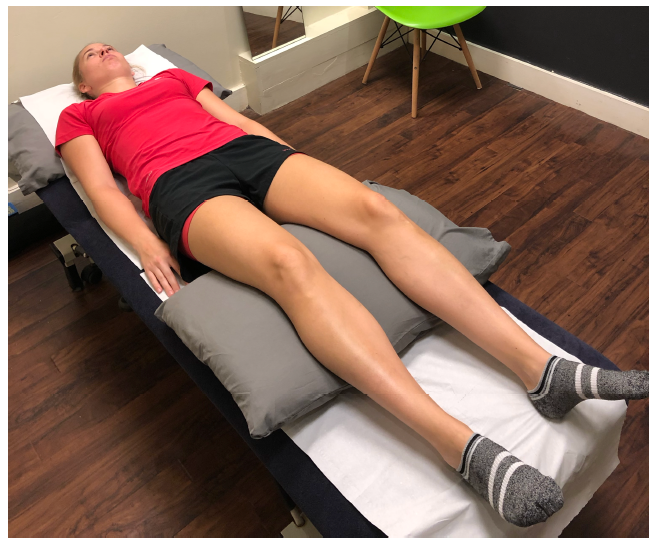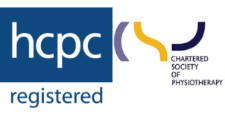Lateral Hip Pain
Lateral Hip Pain is a common and painful condition that can have a significant impact on people’s lives. This guide is designed to help you reduce your pain and start simple exercises that will help towards long term improvement.
What is Lateral Hip Pain?
There is a group of muscles on the outside of the hip known as the Glutes. These help abduct the hip (move it out to the side) and control the pelvis. As with all muscles the glutes have a tendon which attaches the muscle to the bone. This tendon is strong and robust but it can become irritated and sensitive leading to pain around the outside of the hip (and sometimes down the thigh). There are many causes for this but it frequently occurs after an increase in activity levels or alongside menopausal changes in women.
The term we use for this condition is Gluteal Tendinopathy and it’s thought to be the leading cause of lateral hip pain.
How can I reduce the pain?
The first step in reducing pain is to modify the activities which aggravate your symptoms. This involves trying to reduce movements where the hip is adducted (moved inwards) such as crossing your legs or lying on the painful side.
Top tips:
1. When sleeping lie on your good side with a pillow between your knees. If possible use a mattress topper (or a spare duvet under the sheet) to reduce irritation if you sleep on the painful side. Alternatively, if it’s comfortable sleep on your back with a pillow under your knees (as shown in the picture below).
2.Stay active with normal activities like walking, swimming and whatever feels manageable. Modify these a little so that if there is pain during the activity it’s only mild (for example up to around 3 out of 10, if 0 is no pain and 10 is the worse possible pain). An increase in night pain after exercising or an increase in pain the next day such you’ve over done it a little. Try to continue the activity if possible but do a little less so there’s no lasting reaction.
3.Trial and error is often needed to final the right level of activity for you. This approach is better than avoiding all painful movements altogether as this leads to the hip becoming stiff, sore and weak.
4.General health matters - eating a balanced diet, maintaining a healthy weight and looking after our mental wellbeing can all help in addressing persistent pain.
What exercises can I try?
Gentle exercise for the hip that have include a short hold to work the muscle can be very effective for reducing pain and building strength. Two good exercises are described below. See which one you prefer and perform it as instructed, 2 or 3 times per day.
As symptoms settle it’s important to progress onto more challenging exercises to restore strength, flexibility and movement control. Book an appointment with one of our therapists for an individualised programme designed to suit you.
How long will it take to get better?
It can take some time for lateral hip pain to settle and it does need the right treatment approach but with this the majority of people see significant improvement in around 8 to 12 weeks.
You can download this in PDF format. Click here to download
Please contact our team if you have any questions or you’d like to book an appointment. You can reach us via telephone - 01273 667826 or email - info@hovephysio.com





